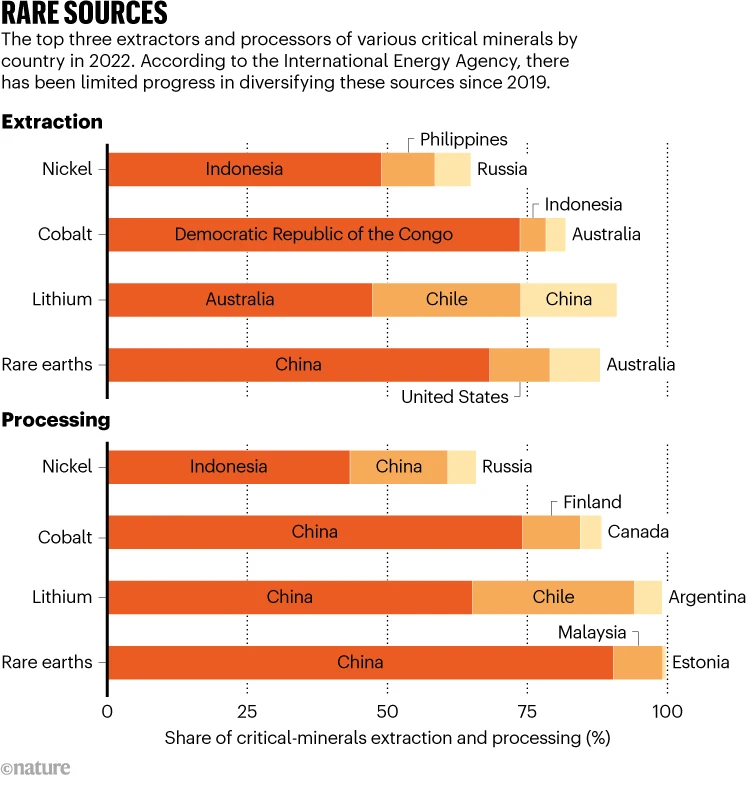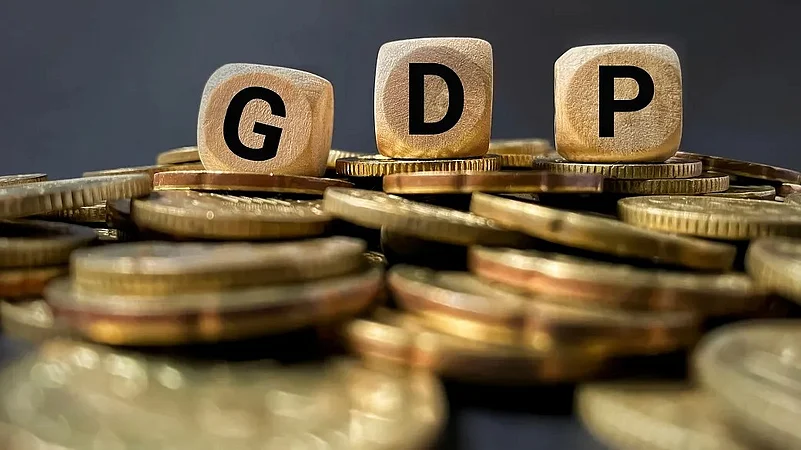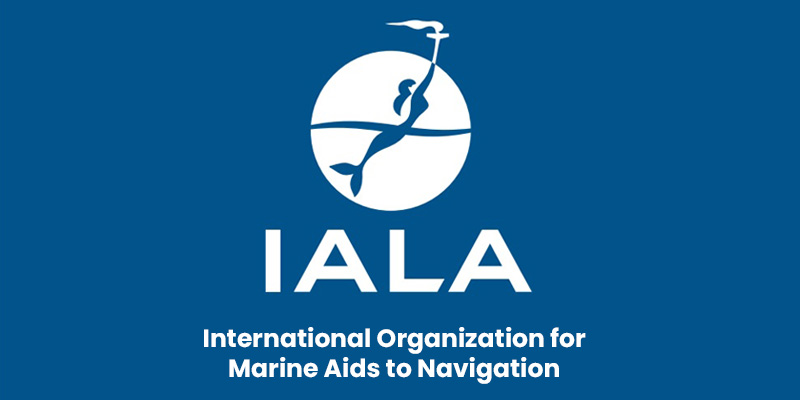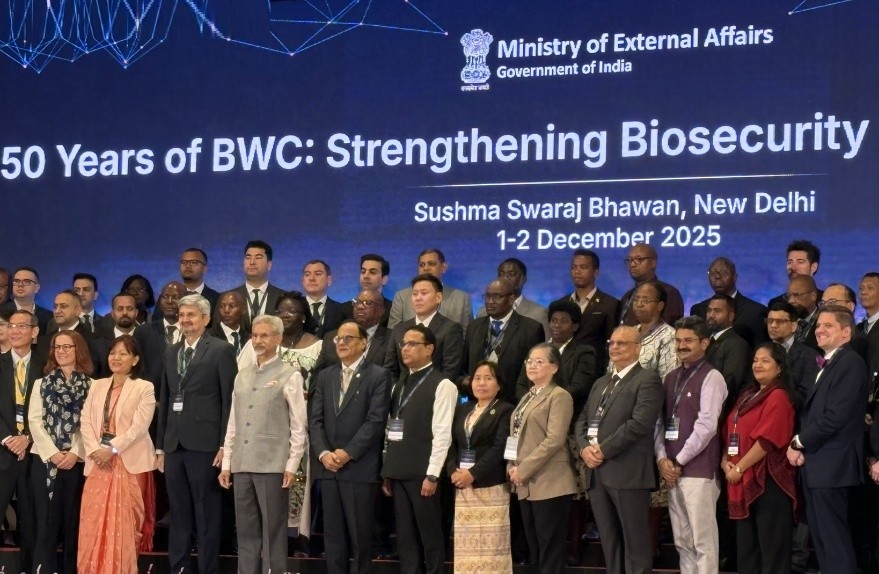Font size:
Print
Global Race for Critical Minerals
Geo-Politics, Technology, and the Scramble for Rare Earths
Context: As the world becomes increasingly reliant on clean energy, advanced electronics, and smart technologies, the demand for rare earth elements and critical minerals is skyrocketing.
More on News
- Countries that can secure a stable and affordable supply will gain a significant edge in economic and technological advancement.
- While resource battles are nothing new—Western powers have long fought over oil, gas, and minerals—the current contest includes powerful players from Asia.
- Nations such as the United States, the United Arab Emirates, India, and especially China are in a fierce race to secure mineral sources vital for the next generation of industries.

China’s Strategic Lead
- China’s Early Advantage: China has established an early advantage, with decades of investment across the African continent securing long-term access to mineral supplies.
- In its ongoing trade tensions with the United States, China has taken bold steps, such as imposing export controls on key rare earth elements.
- China currently controls approximately 70% of the global production of rare earth elements, prompting concerns among Western nations and calls for a more balanced, diversified market.
- USA and Trump: During his presidency, Donald Trump emphasised mineral security as central to the U.S. economic strategy.
- His focus included potential deals with Ukraine, and even ambitions to tap resources in Greenland and the Arctic.
Mineral-Powered Future
- Between 2020 and 2022, the value of rare earths used in the energy transition quadrupled, and forecasts suggest this could increase tenfold by 2035.
- The European Commission’s Joint Research Centre anticipates that Greenland alone could supply 10,000 tons of rare earth oxides annually by 2030.
- Greenland is estimated to contain over $4 trillion worth of untapped rare earth reserves—an opportunity the U.S. is closely watching.
- Bridgewater Associates founder Ray Dalio summarised the urgency in a blog post, writing: “Refined rare metals are a critical import that American companies don’t produce and need to get from China to produce many needed products in the U.S. such as mobile phones, magnets, night vision glasses, gyroscopes in jets, LED lights, glass, and ceramics.”
Asia’s Growing Ambitions
- In addition to China, West Asian economies like the UAE are expanding their footprint in Africa’s mining sector.
- According to Technical Review Middle East, the UAE is strategically investing to boost production, infrastructure, and energy security across several markets.
- One notable example is Ambrosia Investment Holding’s $375 million deal for a 50% stake in Allied Gold’s mining projects in Ethiopia and Mali.
India’s Critical Mineral Mission
- India has also joined the global hunt, launching the National Critical Mineral Mission (NCMM) in early 2025 with a budget of $196 million and anticipated public-sector investment of $216 million.
- Recognising the strategic role of critical minerals in high-tech, clean energy, and defence, India has partnered with the U.S. to secure supply chains and is negotiating a new pact with Chile.
- Chile, a top global producer of copper and lithium, is seeking deeper cooperation with India through the proposed Comprehensive Economic Partnership Agreement (CEPA).

Technology Reshaping Mining
- The global mineral rush is being accelerated by innovations in mining technology.
- Artificial intelligence, automation, IoT sensors, and specialised drones are transforming how resources are discovered and extracted—making mining smarter, greener, and safer.
- According to Mordor Intelligence, the global smart mining market is expected to grow from USD 34.23 billion in 2025 to USD 34.59 billion by 2030, highlighting the sector’s steady expansion.
- With AI and automation enabling precision, efficiency, and safety, mining operations are adapting to meet the surging demand while minimising environmental impact.
As nations vie for control and technological supremacy, the ground beneath our feet is becoming the new frontier in global power politics. Those who dominate the mineral supply chains will influence not only economic growth, but the balance of power for decades to come.


